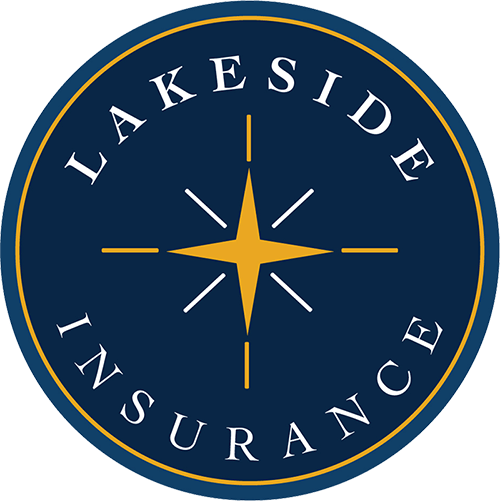
A captive insurance company is a legal entity that pools risk in a nontraditional way, outside the normal insurance company options. There are several types of captives, which we will look at further on. But essentially a captive is either a single company insuring its own risks or a group of companies banding together to cover risks in a similar industry or peer group. If you decide to form a captive insurance company:
- It will be a subsidiary of your business.
- Your business will own it.
- It will insure your business.
If you are thinking you have no one on staff who knows how to run an insurance company, no worries. There are insurers and brokerages that specialize in captive administration. Your company will finance the captive insurer, but you may want an expert to manage the operational functions.
You may also be concerned that one outsized loss could ruin your company if you self-insure under a captive. That concern is shared by many who go this route. To prevent such a devastating consequence of self-insuring, many captives obtain reinsurance.
Reinsurance is an insurance policy from a company that specializes in helping insurers, even self-insurers, cover extraordinary loss events. They use something called an attachment point, which is the monetary level at which the reinsurance policy kicks in. It is negotiated based on the captive insurer’s financial strength, history of loss, risk mitigation programs, and other factors largely in control of the captive, though the ability of the reinsurer to commit its capital is also part of the equation.
The idea behind creating or joining a captive is that your low-severity losses are infrequent and your company thinks it can handle those claims on its own. If this applies to you, you just need coverage for large or very large adverse events. What you would otherwise pay an insurer for coverage is now paid into your own subsidiary, and whatever isn’t paid out for claims and administration is profit.
Captives are often popular with companies that are in very risky industries but have a low frequency and low severity of claims. You can use your captive to insure your workers’ compensation obligations and various liabilities, such as general, commercial auto and professional. You could also use it for property insurance or employee benefits.
You may find the tax advantages of a captive appealing. Structured properly, your captive premiums and any capital reserves you hold to pay claims could be tax deductible. That is much better than having high self-insured retention (SIR) to lower your insurance premium; SIRs are not tax deductible.
Types of captive insurers
The National Association of Insurance Commissioners lists nine types of captive insurers on its website. Not all of them are available in every state, which will influence where you choose to set up. We’ll highlight just a few that are commonly used, but your insurance adviser can give you a fuller understanding.
Pure captive: This insurer, also called a single-parent captive, is a subsidiary of a single company and its affiliated businesses. It insures just those risks.
Group captive: This insurer is owned by several organizations and is often most appealing to small and midsize companies that don’t have the capital to form a single-parent captive. A group captive can be formed of members from the same industry (homogeneous captive) or members of different industries that are similar in size (heterogeneous). In a group captive, your company will share the risk of many other companies that are members of the group. That means some of the money your company reserves will go to pay for losses at other companies, but theirs will also help pay for yours.
Association captive: As it sounds, this insurer covers the risks of members of an association and their affiliated companies. Some smaller companies join associations to get this insurance benefit.
Risk-retention group: Though it doesn’t have “captive” in its name, a risk retention group (RRG) is still a captive insurer. An RRG is owned by its members and covers only liability insurance. It insures group members with similar operations or activities or similar liability exposures due to their industry, products or services.
There are a handful of other types of captives designed to increase your ability to benefit from loss prevention programs, risk sharing across numerous parties, and routing insurance premiums to a subsidiary of your own company. Some don’t require you to set up a captive on your own; you basically lease or rent a captive someone else has built. Talk to your insurance professional about the advantages of that model.
How to get started
If your company is paying hundreds of thousands of dollars for insurance or if coverage is not available, forming a captive insurer or joining an existing captive may be a financially sound choice. Your captive will be regulated by your state, so it’s important to understand the legal details of where you “domicile,” or set up, your captive.
Every state has different rules and incentives. You don’t necessarily have to domicile your captive insurer in the state where your company is registered. Some companies even domicile their captives in a foreign country, like Bermuda or the Cayman Islands.
If you decide to pursue a captive, have an actuarial analysis done. This will determine whether your history of claims will qualify you for reasonable reinsurance and will not have you tying up capital in reserve accounts. You will need to talk to your broker about service providers, such as those that can administer claims, handle taxes, do your financial record keeping and reports, invest your captive’s income from premiums, and project future loss expenses.
Remember, a captive insurer is a brand-new subsidiary of your company and will need to be run as such. That said, it is a subsidiary that can provide profits and tax benefits to your central organization.




